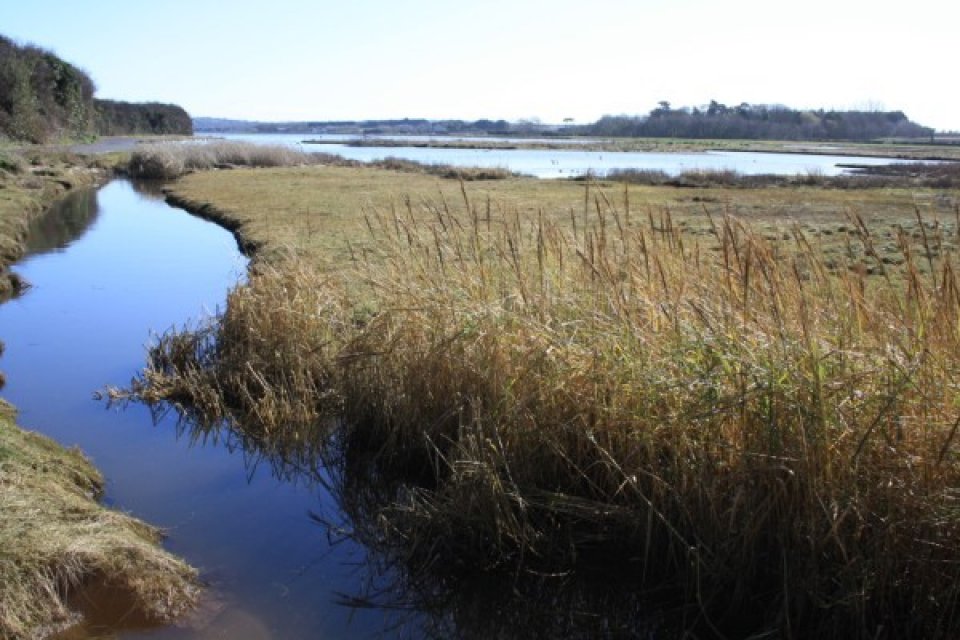
A peri-urban coastline close to Dublin city. Stretching 88 km from Sutton in the south to Balbriggan in the north. The area comprises a rich landscape of EU and national designated sites for birds and habitats and a diverse coastal landscape with small coastal settlements, beaches, five islands, harbours, low cliffs, dunes, tidal estuaries and coastal walkways. The area's rich coastal natural heritage is under significant development pressure due to its proximity to the city.
Analysing the expression of socio-cultural values in a coastal setting, considering the contribution that ecosystem service approaches can make within the land use or spatial planning arena. People attach socio-cultural values to the natural environment just as they do to other aspects of life. Cultural ecosystem services are strongly influenced by these values and provide tangible and intangible benefits to people when they interact with nature. Often in decision making the less tangible cultural ecosystem services benefits are overlooked and unaccounted when considering the overall value of a particular environmental service or land use.
- It is evident from the workshops that active participatory tools such as the participatory mapping method facilitate a tangible means to the expression of values within a given setting. It can also aid social learning as it applies the concept in context.
- Socio-cultural valuation as a process enables stakeholders to articulate their demands and concerns about ecosystem services in a non-adversarial way as the ecosystem services construct has a 'boundary effect' (Abson et al. 2014) on the deliberations.
The results of the study demonstrate that stakeholders can engage with articulating their socio-cultural values for Ecosystem Services (ES). It also shows that Socio-Cultural Valuation as a participatory process may be of use within the context of land use planning in order to understand the demand-side values associated with ES, and can provide information to decision makers about stakeholder preferences for ES use within a given setting. The process could be used alongside other participatory processes or used instead of them, to gain understandings of value which may inform forward planning in terms of possible conflicts between proposed strategies and values, or how decisions on specific projects might conflict with the socio-cultural values of local stakeholders. In this regard the process of Socio-cultural valuation may be considered relevant also for providing guidance on the impact of change within Environmental Impact Assessment (EIA ) or Strategic Environmental Assessment (SEA) processes.
Communicating the concept of ecosystem services to a public audience is challenging within a short series of workshops. Instead, an understanding of people's fundamental socio-cultural values and their relationship with the natural environment can help to inform us about those ecosystem services that have most relevance to people. While assessment of ecosystem services normally starts with the process of identifying ecosystem services and then valuing and mapping them, socio-cultural valuation is different. Socio-cultural valuation starts from the point of identifying people's values first and then threading these values back to ecosystem services to compare and understand the relative importance of ecosystem services within a given setting. People nor scientists are the conduit to identifying most important ecosystem services, because without people there are no services (Millennium Ecosystem Assessment, 2005).~
